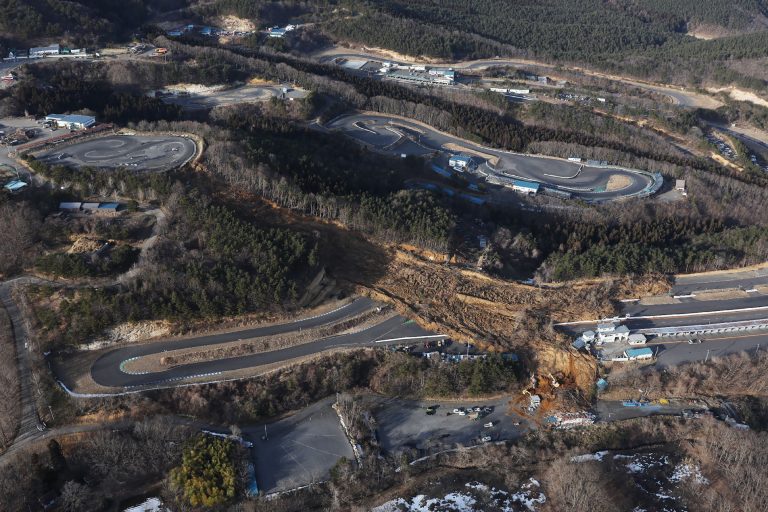A 7.3 magnitude earthquake has jolted Japan’s Tohoku coastline occurring just weeks before the 10th anniversary of the March 2011 earthquake, its tsunami, and nuclear disaster.
The recent quake measured 6 on the Japanese seismic intensity scale. No tsunami warnings were issued.
According to the Japan Meteorological Agency, the quake is in fact, an aftershock of the 9.0 magnitude quake that rocked the same area ten years ago.
Kenji Satake, professor at the University of Tokyo’s earthquake research institute, notes that it isn’t surprising considering the enormous scale of the 2011 earthquake.
Japan Meteorological Agency revealed that the quake’s hypocenter, or focus, was approximately 34 miles beneath the ocean, 135 miles north of Tokyo. Prime Minister Yoshihide Suga reassured his people, saying that the government will prioritize saving human lives. He asked citizens to remain vigilant to possible aftershocks.

Success
You are now signed up for our newsletter
Success
Check your email to complete sign up
“We urge the people in the affected areas to continuously pay attention to information from entities such as municipalities, be on alert and be ready to act fast and consider weather changes,” Suga said in a statement. The government is setting up special liaison offices to coordinate with the relief efforts in the affected areas.
People in six prefectures – Fukushima, Miyagi, Saitama, Chiba, Tochigi, and Ibaraki – were wounded. However, no serious injuries have been reported. In total, over 150 people have been injured. A high-speed rail connection between northeastern Japan and Tokyo has been disrupted.
At least 950,000 homes temporarily lost power, but it was restored on Sunday morning.
In Miyagi and Fukushima prefectures, many homes are without water, and people are lining up at water supply points. Numerous businesses, which were already suffering due to the pandemic, are struggling to get back on their feet.
Six power plants, powered by gas and coal, with a combined capacity of 3.6 gigawatts, are offline, and there is no timeline as to when they will resume operations.
At the nuclear plants in Fukushima, a minor overflow of water from the pool stored used atomic fuel was reported. Fortunately, there is no evident risk of uncontrolled radiation.
The earthquake knocked out over one-fifth of Japan’s oil refining capacity
“As much as 743,000 barrels per day (BPD) of oil-processing capacity has been idled, nearly 22 percent of Japan’s roughly 3.4 million BPD capacity. The refineries in locations from Yokohama to Sendai near the epicenter of the 7.3-magnitude earthquake, which struck a little before midnight on Saturday, either automatically shut down or were idled immediately for checks,” a Reuters article states. Eneos Corp, the biggest refiner in Japan, has shut down its 145,000 barrel-per-day (BPD) Sendai refinery.
Though the recent earthquake has caused havoc, it is nowhere near as devastating as the combined quake and tsunami of 2011 that killed almost 20,000 people and forced 100,000 citizens out of their homes. Japanese authorities are still cleaning up the area affected by the 2011 quake, an effort that is likely to continue for decades.
The reason for the reduced amount of damage from this quake is that it was an intraplate temblor quake. These earthquakes occur within a tectonic plate’s interior and are less common than interplate quakes, which occur on the plate’s boundary. Because of their deep epicenters, intraplate quakes have less impact on the ocean above them, thus resulting in a lower tsunami risk.
The calamitous 2011 earthquake was triggered at the boundary between a continental and an oceanic plate.
Follow us on Twitter or subscribe to our email list















